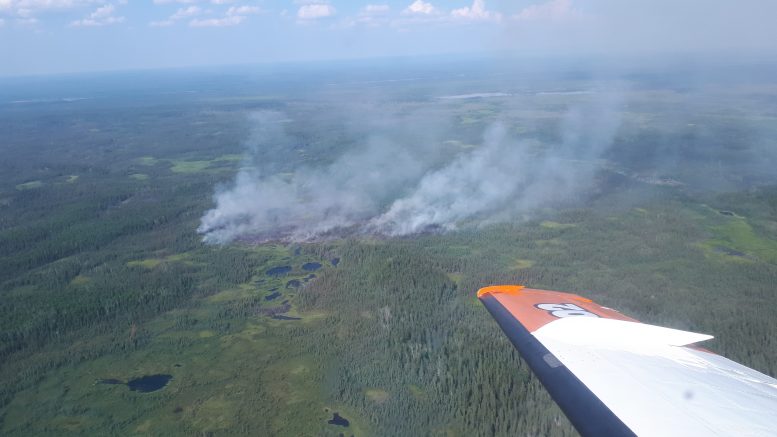Richard Olsen, the territory’s manager of fire operations, says this wildfire season is expected to be about average “with the potential for some significant drying and potential extreme fires around Great Slave Lake.
Compared to the 10-year average, there have been more wildfires so far this year, but have had a much smaller burn area.
As of Monday afternoon, there have been 36 fires with a total burn area of 6,119 hectares; 19 of those fires are still active.
Firefighters are actively fighting back three fires right now: one about 10 kms outside Fort Liard, one about 50 kms from Fort Resolution, and one that started today near Sambaa K’e.
The one near Fort Resolution is one the opposite side of the Slave River.
Olsen says there has been a crew at the fire since late last week.
“The main concern with that one right now is it’s pretty close to a cabin,” he says.
With the recent hot, dry weather, the majority of communities are either at high or extreme risk of fire right now in the territory.
Return to normal
The last couple of summers have seen fewer wildfires.
“Getting back into an average fire season is kind of expected,” said Olsen.
Last year, the season went against expectations by having many lightning-caused fires around Inuvik, and only a single one in the South Slave.
“It was almost like it tipped the NWT from north to south,” said Olsen.
The best way for resident to prepare, he said, was to take care to remove easy-burning fuel and debris from around their home and cabins, and brush up on FireSmart recommendations.





